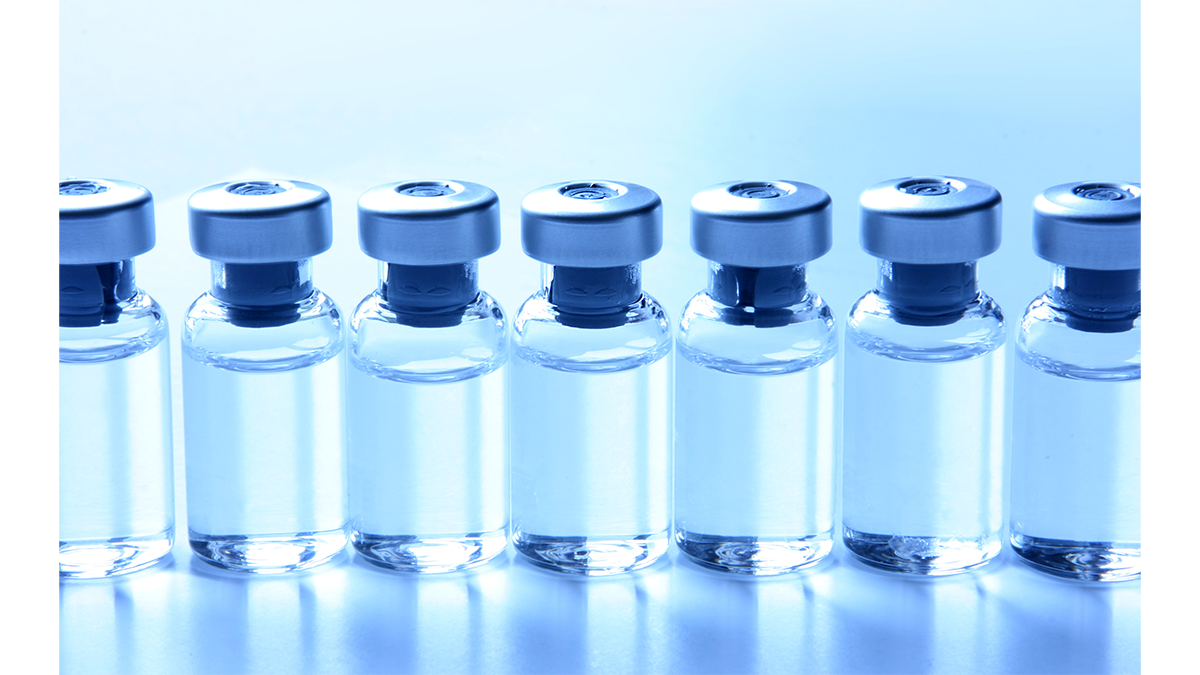Key points
- The Dengvaxia dengue vaccine requires three doses for full protection.
- The vaccine doses are given 6 months apart.
- Dengvaxia is administered subcutaneously.

Details
Vaccine administration
Visual inspection
Do not use dengue vaccine, lyophilized vaccine antigen, and saline diluent after the expiration date shown on the vial labels.
Prior to administration, visually inspect the vaccine for particulate matter and/or discoloration. Discard the vial if the solution is cloudy or contains particles other than trace amounts of white to translucent particles.
After reconstitution, administer Dengvaxia immediately or store refrigerated at 2°C to 8°C (36°F to 46°F) and use within 30 minutes. Discard reconstituted vaccine if not used within 30 minutes.
Route, size, and needle size
Administer Dengvaxia by the subcutaneous route. The preferred site for children and adolescents is into the fatty tissue overlying the triceps muscle (posterior upper arm) using the appropriate needle length for the age and size of the person receiving the vaccine. The correct needle size for subcutaneous injections is ⅝", 23–25 gauge.
- Dosage: 0.5 mL per dose
- Route: Subcutaneous
Number and timing of doses
Administer the Dengvaxia vaccine to children aged 9 through 16 years old who have laboratory confirmation of a previous dengue virus infection. Each child requires 3 doses, each dose given 6 months apart (at 0, 6, and 12 months).
Predrawing vaccine doses
Do not predraw vaccine doses. There are no data on the stability of vaccines stored in syringes filled by healthcare professionals. Do not open vaccine vials until time of administration.
After reconstitution, Dengvaxia should be administered within 30 minutes. If not used within 30 minutes, discard the vaccine.
Co-administration
Trials have evaluated co-administration of Dengvaxia with other vaccines, including yellow fever, diphtheria, tetanus, acellular pertussis (DTaP), inactivated polio, Haemophilus influenzae types b and a, and measles, mumps, and rubella (MMR). No safety issues have been reported.
Vaccine providers should follow best practice guidance from the Advisory Committee on Immunization Practices, which states that injectable, live-attenuated vaccines not administered simultaneously should be separated by at least 4 weeks.
